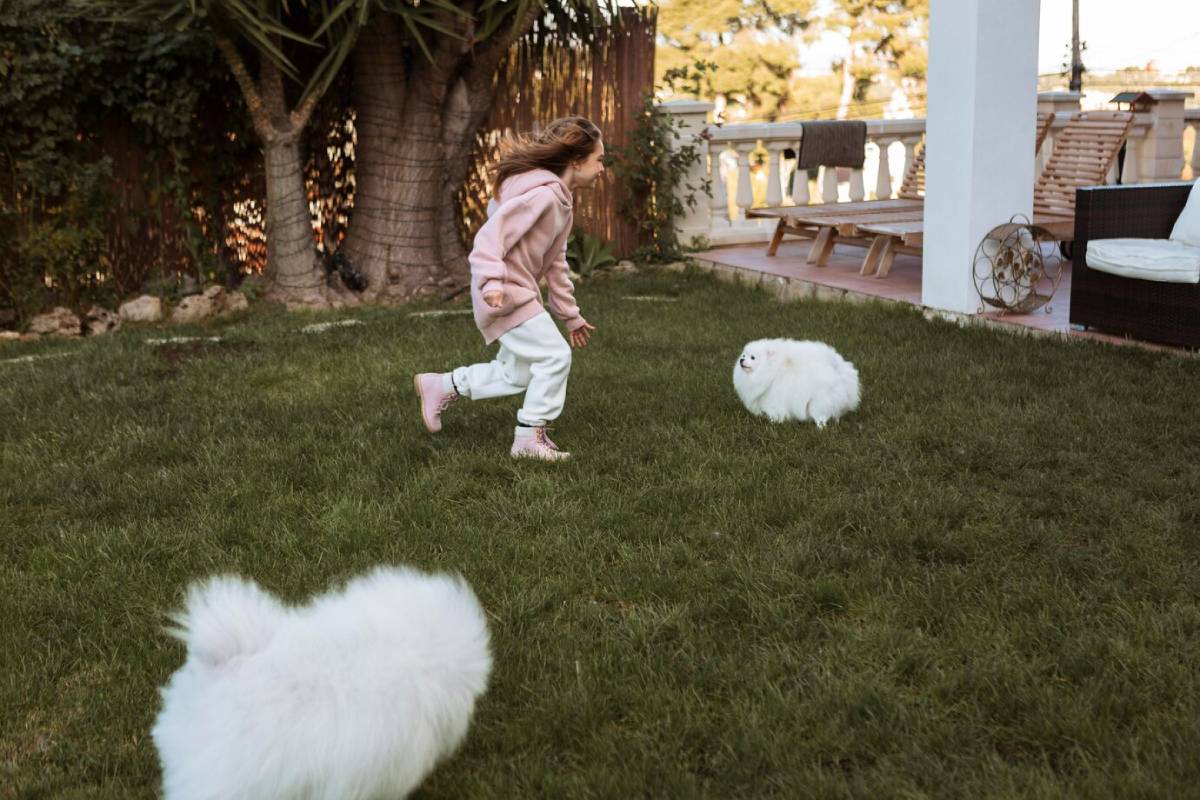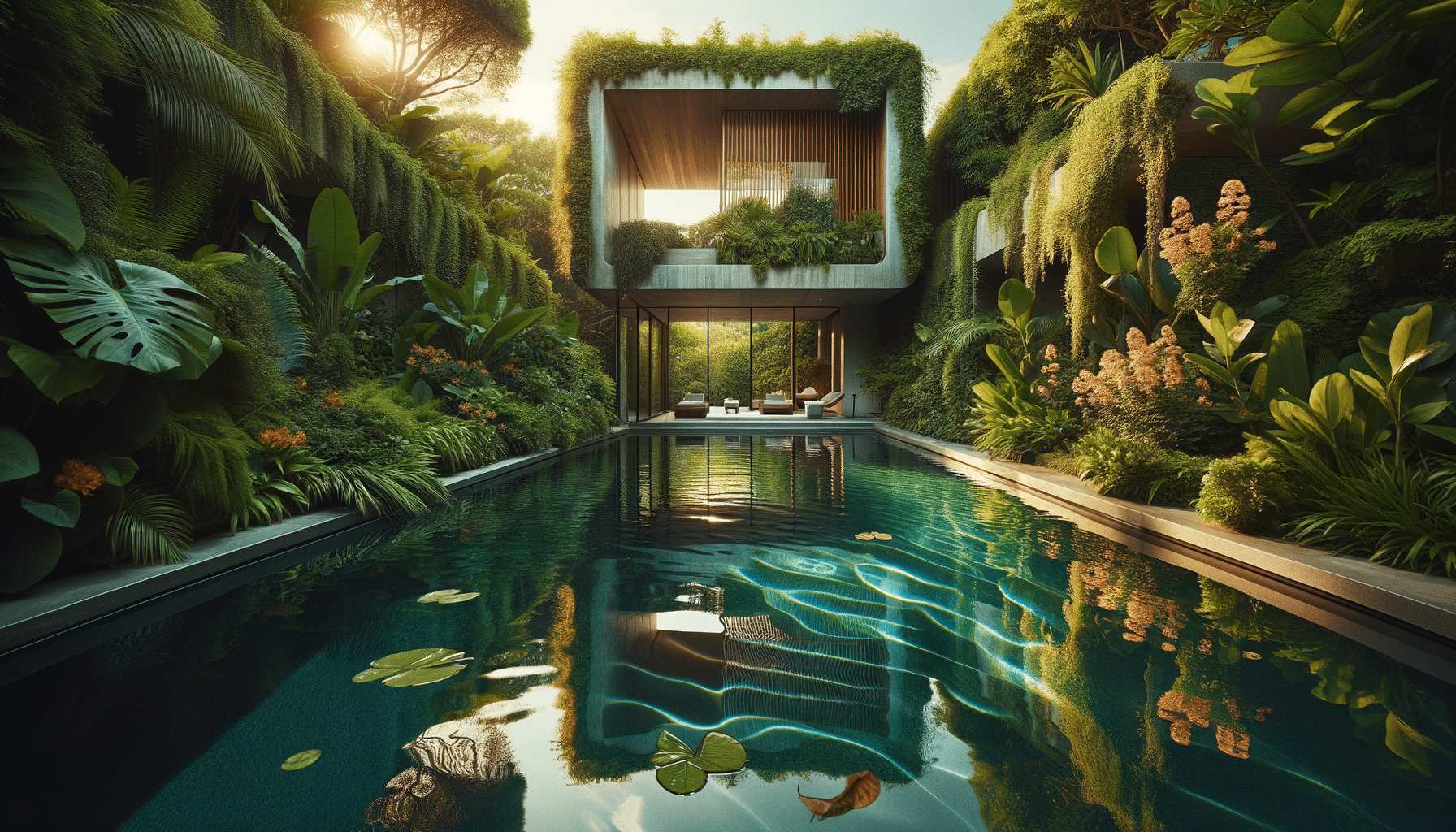
Designing a Dog-Friendly Backyard: Safety and Fun Tips
A garden isn’t just a space for humans to enjoy—it can be a paradise for your dog too. Whether it’s for zoomies, sunbathing, or simply sniffing around a well-designed dog-friendly yard gives your canine companion the freedom to explore, play, and relax safely.
But not every backyard is automatically pet-ready. Dogs have their own needs when it comes to space, stimulation, and security. From secure fencing to scent trails and shaded rest zones, this guide will help you transform your outdoor space into a haven of outdoor pet enrichment while ensuring backyard safety for dogs of all ages.
The Importance of a Dog-Friendly Garden

Access to the outdoors can greatly enhance your dog’s mental and physical wellbeing. A secure and engaging garden offers:
- Opportunities for exercise and play
- Natural stimulation through smells, textures, and sights
- A space to release energy and reduce boredom
- A safer environment than public parks for reactive or nervous dogs
Even small gardens can be adapted for maximum fun—what matters most is thoughtful design.
Safety First: The Essentials of Backyard Safety for Dogs
Before you add any bells and whistles, make sure your outdoor area is secure and free of hazards.
Secure Fencing and Boundaries
- Use solid, high fencing (at least 1.5m for large or athletic breeds)
- Check for gaps under or between fence panels
- Avoid gates with wide bars that small dogs can squeeze through
- Consider double-gating or a dog gate near exits for added security. While you’re upgrading outdoor safety, it’s worth choosing the right collar and leash for your dog to complement its time spent outside the yard.
Regularly inspect fencing for damage or signs of digging at the base.
Hazard-Free Zones
- Avoid toxic plants such as lilies, foxglove, azaleas, and daffodils
- Store gardening tools and chemicals out of reach
- Cover or securely close compost bins
- Use pet-safe mulch (avoid cocoa mulch, which is toxic to dogs)
- Cover ponds or pools when not in use
If you use fertilisers or weedkillers, ensure they’re labelled safe for pets and follow all drying times.
Comfortable Surfaces

- The grass is great for running, rolling, and lounging
- Add non-slip surfaces like rubber mats or paw-friendly paving for hardscape areas
- Avoid sharp gravel or stone that could injure paws
Ensure paths are free from splinters or jagged edges and that any decking is well-maintained.
Shady Retreats and Shelter
Dogs can overheat quickly, especially in summer. Always provide a shaded area where your dog can rest comfortably.
Options include:
- Natural shade from trees or large shrubs
- A raised, ventilated dog shelter or pergola
- A shaded patio area with a water bowl nearby
Ensure fresh water is always accessible when your dog is outside, and never leave them outdoors for extended periods during extreme weather.
Outdoor Pet Enrichment: Fun Additions for Curious Canines
Once the basics are covered, it’s time to think about how to keep your dog happy and engaged outdoors.
Scent Trails and Digging Zones

Dogs love to use their noses. Create sensory pathways by:
- Sprinkling herbs like rosemary or mint in specific spots
- Hiding treats in a dedicated ‘sniff and search’ area
- Allowing natural leaf piles or logs for exploration
If your dog loves to dig, redirect the behaviour by:
- Providing a sandbox or digging pit
- Burying toys or treats in loose soil to encourage focused digging
- Praising and rewarding digging in the approved spot
Interactive Play Areas
Turn your garden into a canine playground with:
- Agility-style equipment such as tunnels, ramps, or weave poles
- Durable toys tied to trees or posts for tug games
- DIY obstacle courses using boxes, tyres, or safe garden furniture
Rotate activities to keep things fresh and mentally stimulating.
Safe Water Features
For water-loving dogs, consider:
- A shallow splash pool with non-slip sides
- A dog-safe fountain or misting system on warm days
Always supervise water play and clean pools regularly to prevent bacterial build-up.
Sensory Gardens
Dogs benefit from plants and textures just like humans do.
Try incorporating:
- Grassy areas for lounging
- Textured paths with smooth stones or bark chips
- Non-toxic, dog-safe plants such as lavender, chamomile, and marigolds
Avoid heavily scented or thorny plants that may irritate sensitive noses and paws.
Quiet Zones and Rest Areas
Just like humans, dogs need space to rest and observe. Designate a calm, cosy spot with:
- A raised bed or outdoor dog bed
- Shade and shelter from wind or sun
- A view of the garden for watching birds, squirrels, or passing people
These areas can help anxious dogs feel secure and provide a sense of ownership over their outdoor domain.
Garden Maintenance with Dogs in Mind
To keep your dog-friendly yard safe and appealing long-term:
- Remove waste and debris regularly
- Clean up after your dog to avoid parasites or odours
- Inspect fencing, surfaces, and enrichment items for wear
- Refill water bowls daily and empty splash pools between uses
If your dog digs excessively, eats grass, or chews on plants, consult your vet or a behaviourist to rule out medical or emotional triggers.
Final Thoughts: A Tail-Wagging Oasis at Home
Designing a dog-friendly yard is about more than just aesthetics—it’s about creating a space where your pet can thrive. A balance of backyard safety for dogs and outdoor pet enrichment ensures your dog stays healthy, engaged, and truly at home in their surroundings.
Whether you have a small patio or a sprawling garden, small changes can make a big difference. By thinking like your dog and designing with their needs in mind, you’ll build a safe space that’s as joyful—for paws, noses, and tails alike.


